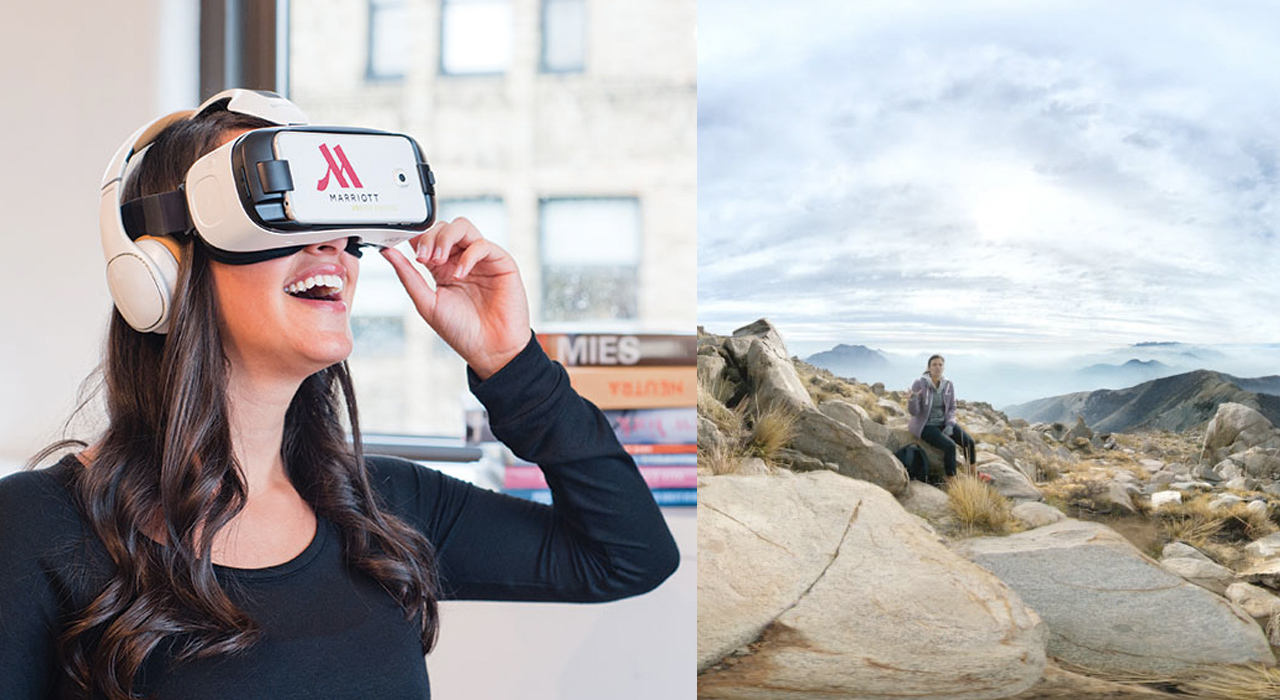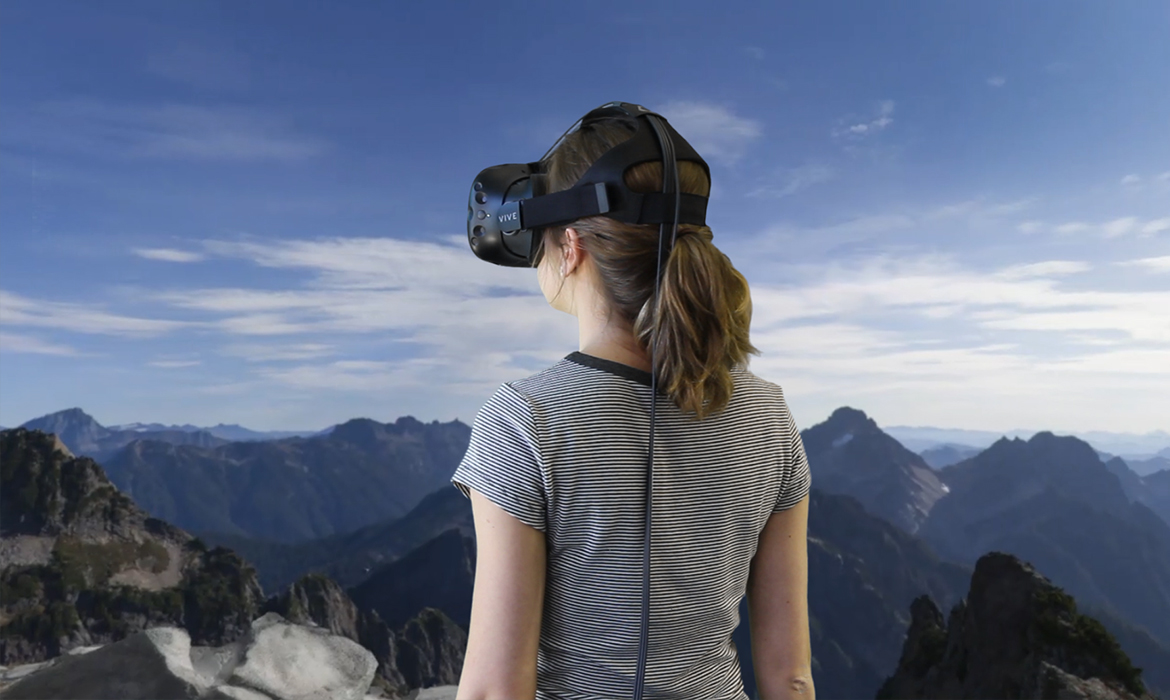How virtual reality can improve the tourism experience?
Release time: 14:19:18 2017/04/14
It seems quite indisputable that we now appear to be on the cusp of truly immersive mainstream virtual reality technology. Virtual Reality’s most evident purpose seems to be to enhance the entertainment industry by utilizing gaming technology. However with Virtual Reality devices becoming more and more accessible with the major improvements in the technology itself, diverse applications for this technology are starting to emerge, and the travel and tourism industry has been quick to recognize and embrace this. Virtual Reality delivers immersive experiences which both absorb and entertain users. Tourism, therefore, has the most to gain from virtual reality technology. Tourism Industry lends itself to Virtual Reality easily and it is quite easy to see how virtual reality can improve the tourism experience.


Virtual Reality tourism
Unlike other products which can be displayed or inspected at the point of sale before it is purchased, tourism is too intangible a product to be promoted in such a manner. Hence, videos have always played a crucial role in tourism and travel promotion. Virtual Reality can take these videos to the next level. With Virtual Reality, the participants find themselves in the same dimension as, and are immersed within the information. The Virtual Environment is augmented by various sensory simulations such as sight, sound, and even touch, together with their respective feedback.
Virtual tours can offer a realistic tourist experience to those people who are unable to travel due to physical, financial or time constraints. Virtual Reality can help such people to literally travel through time and space from the comfort and safety of their homes. Also, there are certain locations that ecologically fragile (e.g. coral reefs) or are heritage sites (e.g. Ajanta caves). Large numbers of tourists would be detrimental to such locations. Here virtual tourism can play an important role in providing sustainable tourism solutions.
British Columbia has recently released an Oculus Rift virtual reality experience entitled “The Wild Within”. Users can wear an Oculus Rift headset and headphones and immerse themselves in an incredible 360-degree experience. The experience consists of two separate virtual adventures -a boat ride and a mountain hike. The experience is designed to give viewers a slight teaser of what awaits them if they actually visit British Columbia. The promoters hope that this production will spur viewers to actually visit British Columbia, explore the areas that they experienced virtually, and seek out many more adventures in British Columbia.
Teachers will find Virtual Tours very useful as they can take their students on field trips to places as far away as the Great Wall of China to the Smithsonian in Washington while still remaining in their school premises.
Some hotels like the Marriot are now offering their guests a VRoom Service, by which the guests can take all the local sights and sounds without leaving the luxury of their hotel room. This could be quite the boon for the busy traveler. He can attend to his business meetings during the day and come back to his hotel room and take a relaxed virtual tour of his environs.

Virtual Reality Travel Assistance
Virtual Reality applications can also provide location-based travel assistance to tourists and travelers in real time. The tourist’s mobile device will identify where he or she is located (with the help of GPS, phone camera, etc.). Based on this a VR assistant can provide additional information about nearby locations.
For instance, if you are a tourist on top of the Eiffel tower in Paris, your smartphone or tablet will quickly track your location. All that you have to do is don your VR headset. The VR application will identify points of interest around you such as the Champs Elysées, the Notre-Dame Cathedral or the Louvre Museum. If you turn your head towards and let your eyes linger for a while on the Arc de Triomphe, for example, your VR headset will display info about the Arc de Triomphe, tell you all about it and even give you a virtual tour. You can then decide whether you want to go there or give it a miss.
Virtual Reality applications can also be used to give tourist information about nearby hotels and inns so that they will not be taken advantage of by unscrupulous guides or taxi drivers. A person standing near the Taj Mahal will be informed of the nearby hotels, lodges or B&B’s if any. He will not have to depend on anyone to guide him around the place.


The reach and scope of VR seems to be growing daily and with a number of VR players such as Oculus Rift, The Gear VT, Cardboard, and Jaunt VR taking center stage. Thanks to the advances in VR technology the modern day tourist can take a walk through the ruins of Machu Picchu ruins in Peru, go scuba diving in Great Barrier Reef in Australia or even hike from Tibet to Nepal, while sitting comfortably at home.
On the other hand, he can land in Cambodia, not knowing the first thing about the place and have his Virtual app act as a friendly neighborhood guide as he navigates through the streets of Phnom Penh.
The field of tourism is an appealing application domain for Virtual Reality based Information Systems. VR systems can be used to attract tourists to a particular location and to enhance the attractiveness of tourist destinations. Thus, they can be used to complement and enhance the tourism experience.
